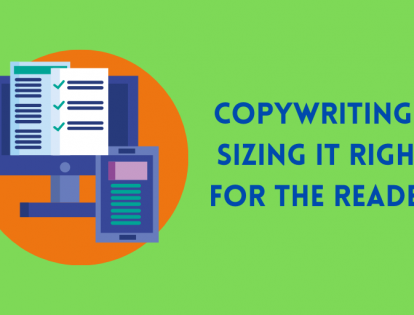‘Keep it short’- this is probably the refrain you might hear from a copywriting service today. After all, internet readers are notorious for their short attention spans. They prefer bullet points to long-winded sentences and skimming through subheadings to get the gist of an article before quickly moving on to another.
Simply put, today, short copy is ‘the’ way to communicate effectively, according to many experienced copywriter services. This makes meticulous pruning a necessary and critical part of the copywriting process.
Many successful web content creators believe that effective content is that which grabs the reader’s attention with a few hard-hitting words. It encourages him to refrain from clicking and moving on to another source. It conveys the message in the simplest way and the shortest possible time – something that is possible by throwing light on the importance of good copywriting.
There is, however, a completely opposing school of thought that believes that long copy is still the way to go for effective copywriting. It allows you to offer explanations and inform the reader in a better way so that he retains at least a portion of what he has read. A pithy heading may slip the reader’s mind, but a detailed description of a product/ service/ business is not likely to vanish from his or her memory without a trace.
The fact is that there is evidence to prove both these contentions. Short copy is great for grabbing attention, but long copy lends itself to SEO in a much better way and also makes for better retention. So, how do you get the size of your copy right?
The solution is to ensure that every word you write has something to tell or add to the copy. Instead of focussing on the number of words in your content, you should keenly and objectively assess the quality of each word. Write enough to convey your message without ambiguity. Avoid digressing into areas not directly relevant to the copy’s main theme so that you can hold the reader’s full attention till the very last word. Simply put, write as many words as are absolutely needed, no more, no less!
